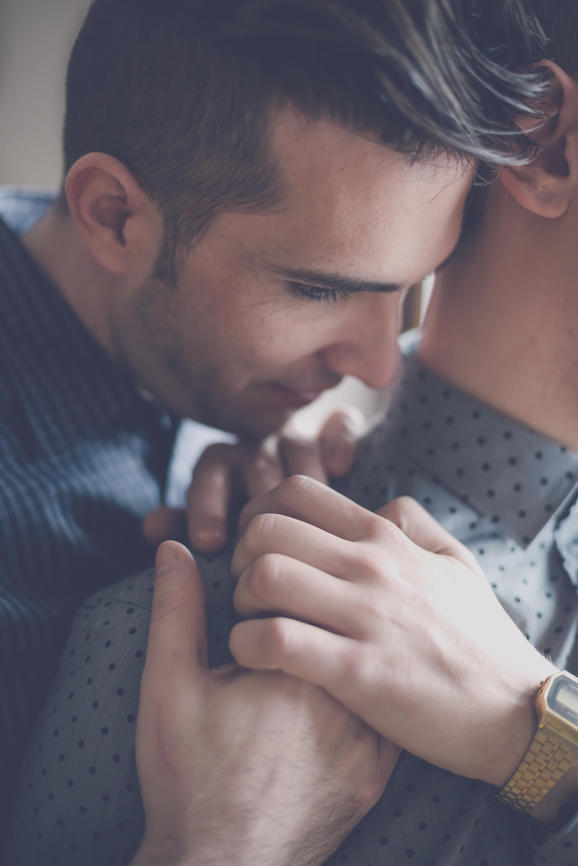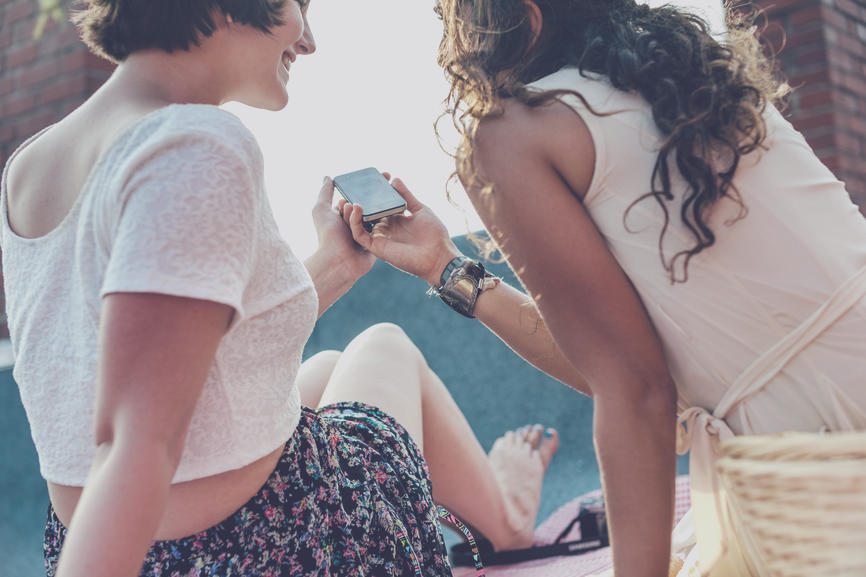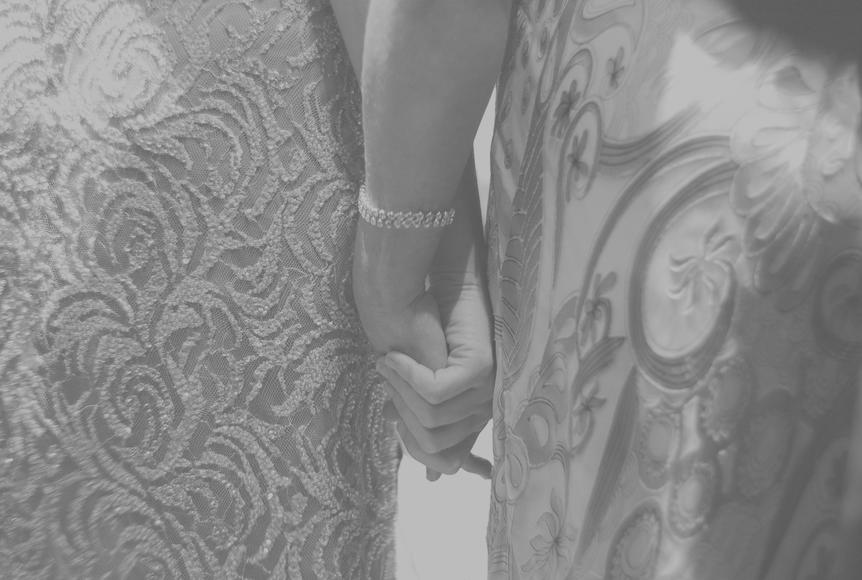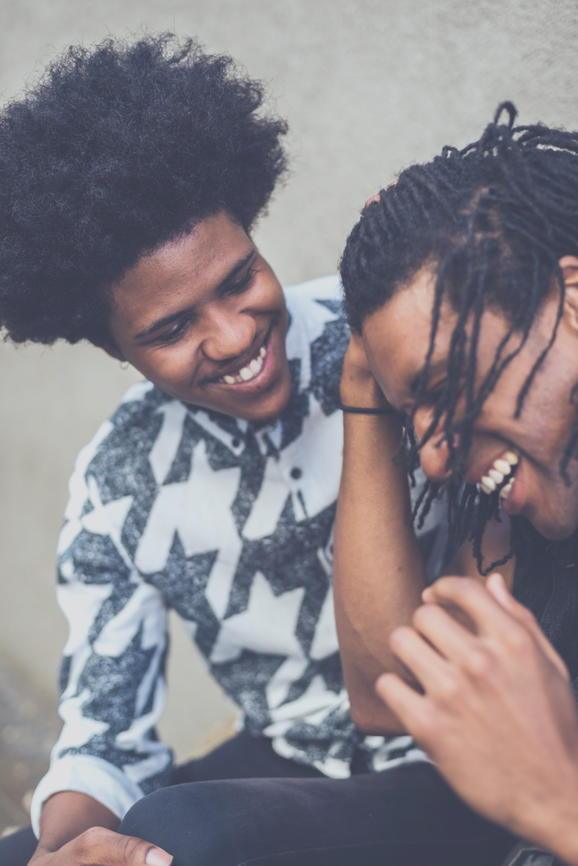This month we celebrate LGBTQ Pride. And today I want to highlight four LGBTQ people that have influenced my life. I have a deep sense of gratitude to those who have made it easier for me to live my life out and proud. And while I have many LGBTQ icons to thank for that, I want to make sure you know the names of these four.
I had never heard of Bayard Rustin until college, despite growing up in family that emphasized knowing black history and civil rights. Yet he’s one of the most important figures in the Civil Rights Movement.
Rustin met Dr. Martin Luther King Jr. in the 1950s and began working with King as an organizer and strategist in 1955. He taught King about Gandhi’s philosophy of non-violent resistance and advised him on the tactics of civil disobedience. He assisted King with the boycott of segregated buses in Montgomery, Alabama in 1956. Most famously, Rustin was a key figure in the organization of the March on Washington for Jobs and Freedom, at which King delivered his legendary “I Have a Dream” speech on August 28, 1963.
However, Rustin worked largely in the shadows due to the fact that he was an out, gay man. Many of his fellow civil-rights leaders considered his “lifestyle” and former communist ties a liability. Even King himself canceled a planned march in Los Angeles and put distance between himself and Rustin when Rep Adam Clayton Powell Jr. of New York threatened to claim that King and Rustin were lovers.
Despite the many challenges he faced, Rustin spent his life fighting for civil and social rights from African Americans, as well as LGBTQ community. On November 20, 2013 he posthumously received the Presidential Medal of Freedom from President Obama.
I can’t imagine the stress Rustin must have been under being an out, gay, African-American man in the sixties. Reading about him gave me the confidence to live in my truth, despite the odds.
I was obsessed with MTV’s Real World. I felt weirdly close to these young, gorgeous people, in their fabulous houses. And no character touched my heartstrings more than Season 3’s Pedro Zamora.
Pedro wasn’t the first gay person on the show. (We had Norm and Beth before him). But he was the first who was living with HIV. His season of Real World was filmed in 1993, just two years after Magic Johnson’s diagnosis. The idea of living with HIV at that time still caused a lot of fear and uncertainty. I was especially fearful since I knew the disease hit gay people the hardest.
But Pedro lived and loved fully. He helped conquer his roommates’ fear of contracting the disease. He climbed mountains, raced in the park and fell in love. I can still remember how touching it was to watch the civil union ceremony with his partner Sean. He truly used his platform to advocate for and educate others.
Seeing Pedro on TV breaking so many stereotypes was incredibly powerful. I felt like we were friends, even though I never met him. I still get a bit teary reading about his final days. He touched a lot of others in the same way, including President Clinton. I hope he and Sean rest in peace.
Side note: If you were also a real world fan, you can see what happened to other LGBTQ cast members here.
I was a sophomore in college, and a few years younger than him, when I heard about Matthew Shephard’s death. I couldn’t believe that two men could tie another human being to a fence, torture and beat him and then leave him to die.
I often thought about how horrible that 18 hours on a fence must have been. Cold, alone, bloody. No one deserves that kind of treatment, especially for just being gay. The situation made me realize how much hate there is in the world. And it created a fear in me that I will never forget.
Still, the public response and outrage inspired many good things. The Laramie Project, a play based on Shephard’s story, toured nationwide. The Matthew Shepard Foundation was organized to fund education programs that teach others to embrace human dignity and diversity. And the Matthew Shepard and James Byrd Jr. Hate Crimes Prevention Act empowered the Department of Justice investigate and prosecute biased crimes against LGBT individuals.
So despite his tragic death, Matthew’s life continues to help those in our community. It inspired me to do what I can to create safe spaces in the world.
I can’t mention my LGBTQ icons, without talking about the woman that has helped guide me to where I am today.
Suze Orman is a two-time Emmy Award-winning television host, New York Times bestselling author, magazine and online columnist, writer/producer, and one of the top motivational speakers in the world.
She hosted the award winning Suze Orman show for 13 years letting people know, among other things, what they could afford to buy. She made regular appearances on the Oprah show and contributed to Oprah magazine. She played a pivotal role in my getting out of student loan debt. She fostered my love of personal finance. I wrote her a love letter a couple of years ago was lucky enough to get to read it to her on her final show.
Although she wasn’t out when I first knew her, I loved her even more when she told the world she was a lesbian in the February issue of New York Times Magazine. Here was a woman at the top of her game willing to live in her truth, as she told all of us to do. I’m so thankful for her inspiration.
How about you? What are some of the LGBTQ icons that have help you in your life. Let me know via Facebook, Twitter or email at the links below.



